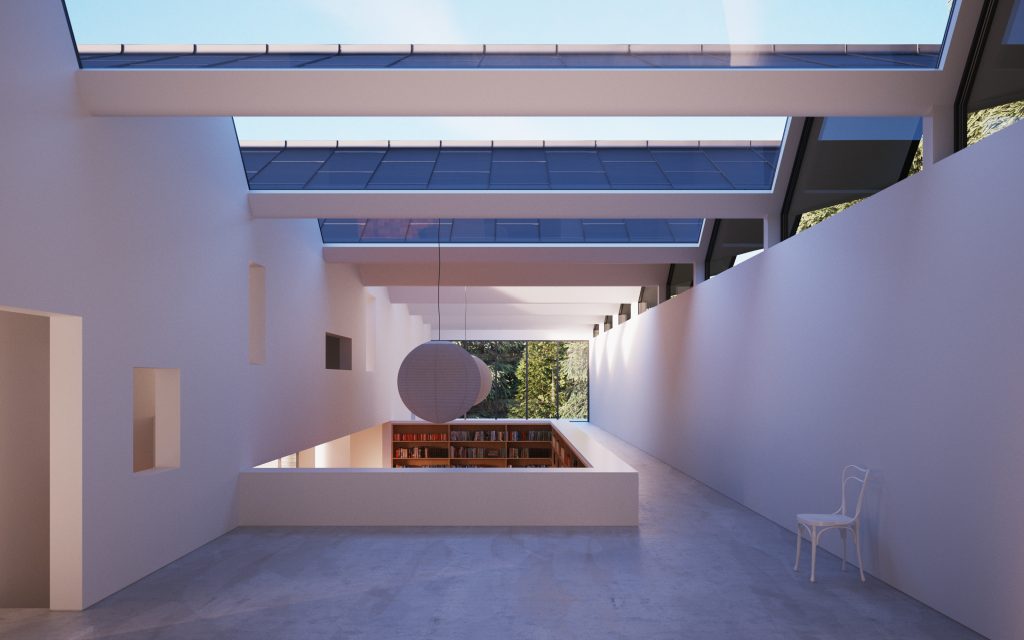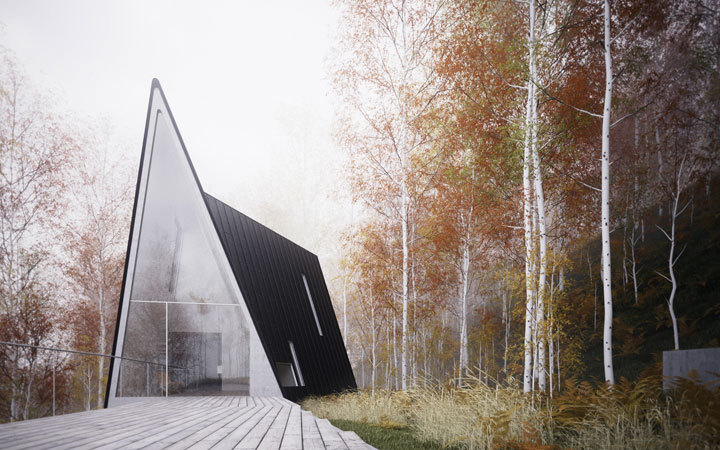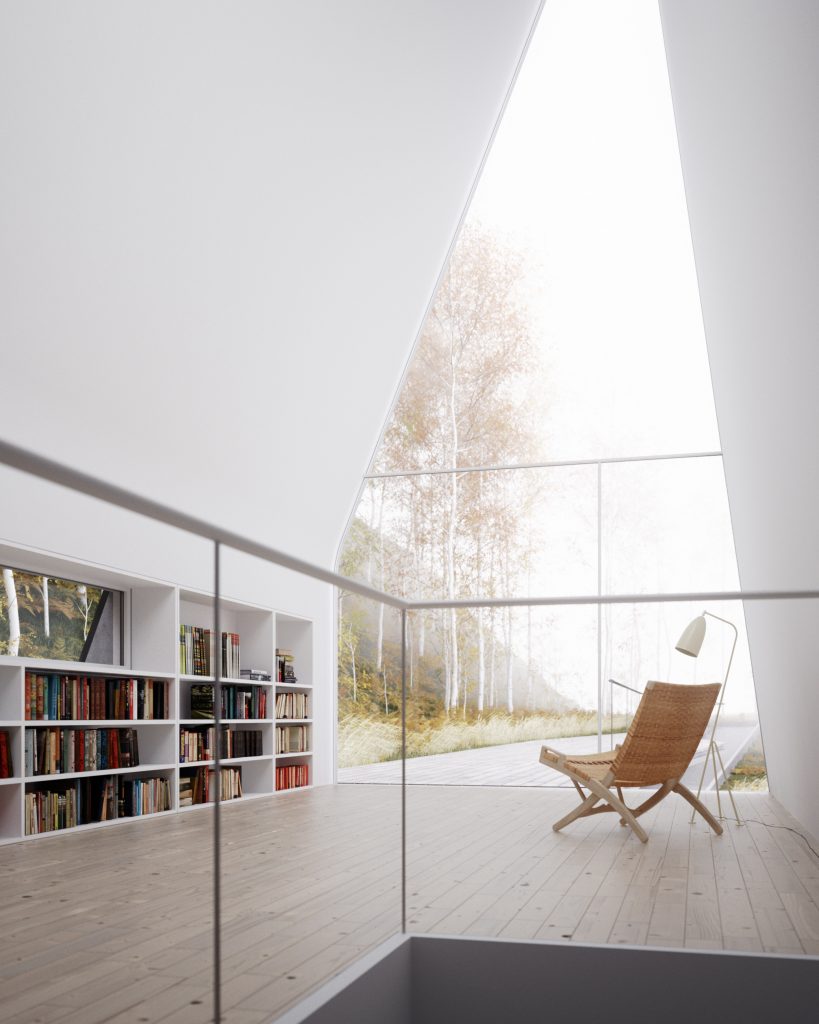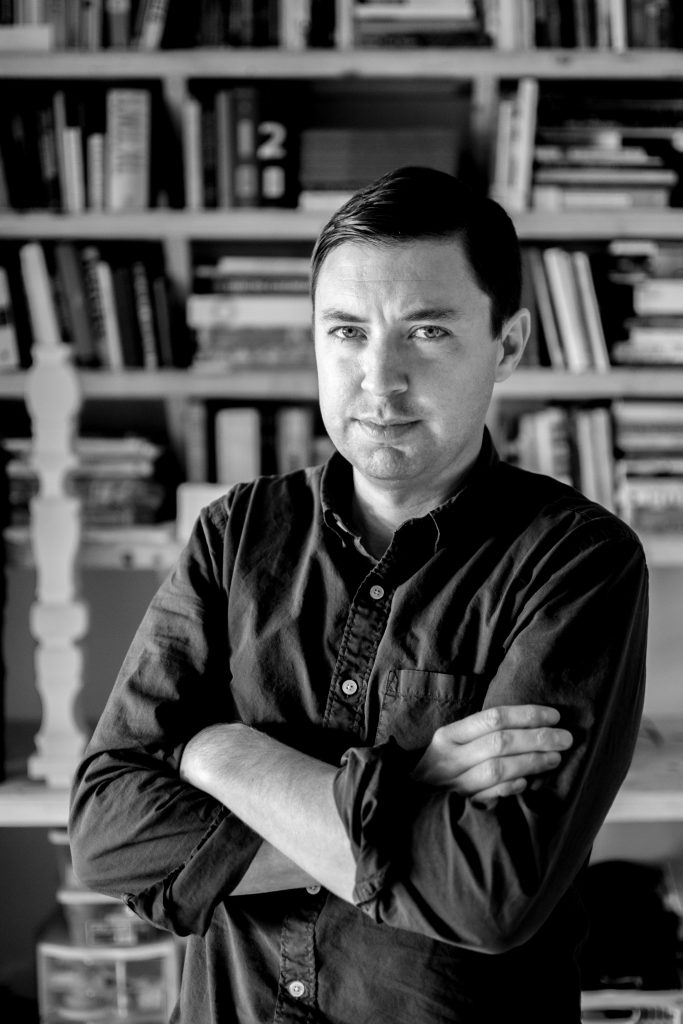← Back
William O'Brien, Architect/MIT Associate Professor
Interview, 15 October 2014
What is the young designer’s approach to form and creativity in the 21st century? Award winning architect and Associate Professor at MIT School of Architecture, William O’Brien Jr, talks to us about his view on contemporary design, distinguishing himself from his mentors, inspiring new talent and the work of the modern architect in a post-digital era.
Back in 2005, still only in his late twenties, architect and Harvard University graduate William O’Brien Jr set up his own practice while holding a teaching position at the University of Berkeley in California. A few years later, now located on Cambridge, Massachusetts, O’Briens firm is widely regarded as one of the most promising and groundbreaking in the world, producing works that challenges conventions and pushing the discipline of architecture forward. Twice a finalist in the MoMA PS1 Young Architects Program in 2010 and 2014, Architectural League Prize for Young Architects and Designers Award winner in 2011, being named among the top twenty emerging architecture firms in the world by Wallpaper in 2013 and holding a prestigious position of Assistant Professor at the MIT School of Architecture, William O’Brien Jr is among a group of a few selected designers designated to carry architecture into the future.
Since we at Coloquy take form and design seriously, progressive architecture is of great interest to us and we can think of few people more interesting to speak to on the subject than William O’Brien Jr. Below we pick his brain and learn more about his creative vision as well as his background as a student of music and sculpture.

Was there ever a specific moment in your youth when you realized architecture was your calling?
– The discovery that architecture, as both a form of inquiry and an act of creation, was going to become important to me was a drawn out process. I had studied drawing, sculpture and music in school. Early on, I had a sense that I cared a great deal about how things were formed, and I mean this in the broadest sense, how things that were created, how artists, architects and composers made decisions about their creative acts.
– The mystery and elusiveness of the creative decision making process was always intriguing to me. So I wanted to take it on myself, whether in art, architecture or music I didn’t know. In many ways I think that the medium matters less than the conceptual construct that guides the work. I make architecture now, but I think at a very deep, elemental level, a lot of the ideas and the value-set that informs the work are trans-disciplinary.

“The construction of sound and the construction of space both require there be a method of organization”
What are the differences between going into architecture today as opposed to starting out 60 years ago? In what ways has technology changed the trade?
– One of the main differences is that computation and its role in the design process and construction process is now fundamental rather than novel. What used to be state-of-the-art, mind-blowing, digital technology is now commonplace. This means that the fascination with what digital methods can do for form in architecture no longer has to be the focus of our generations work. We can take digital methods as the new baseline and create architecture that is not only the product of digital experimentation, but rather aware of larger historical arcs in architecture.
What are the main sources that you draw inspiration from?
– There are many creative people who I draw inspiration from, from iconic figures in history to emerging talented people who surround me. One place where I gain much energy is my home institution of MIT (Massachusetts Institute of Technology). The faculty I teach alongside and the students I engage with impress me and inspire me on a daily basis. The commitment, earnestness and dedication to the discipline of architecture at MIT is unlike any other environment I’ve experienced. It is a place where the status of “architectural design” is constantly being questioned and re-examined from a technological, cultural and historical perspective. MIT helps me do my work like no other environment.

“The commitment, earnestness and dedication to the discipline of architecture at MIT is unlike any other environment I’ve experienced”

What was the best advice you were ever given?
– A mentor of mine warned me to “not teach only what you’ve been taught”. I began teaching at Berkeley right after finishing graduate school when I was 27 so his advice resonated deeply with me. The advice has helped me in the development of my practice as well; the idea being that as a young practitioner it is important that one develops their unique path and their own agenda.
– Those of us who have been lucky have been guided by very influential and generous mentors who have been very impactful in helping us form our positions. The goal of a young practitioner, however, is to aim to distinguish themselves from their mentors, so that they are not an extension of an existing way of thinking and practicing.

“I hope my students see architecture as a form of critical inquiry and that they see it not as a profession but rather as a framework for lifelong learning”
In your own opinion, what constitutes the perfectly designed home?
– Design, for me, is a lot about looking. When considering the design of a home somewhere, first and foremost, it is about understanding what potential can be drawn from the particularities of the context. For our practice, we are always interested in having a design project challenge our comfort zone in terms of forms and formal languages that we use in the development of an architecture. So, articulating that which is unique to a given site allows us to then design to address that uniqueness; this helps us make new architectures. We don’t aspire to make any design twice. There is no “universally” perfect architecture, it is rather about the construction of local logic in order to solve a design problem in a specific way, a way that wouldn’t be applicable anywhere else.

By what guidelines do you try and steer your students when teaching; what are the challenges to unlocking individual talent?
– I hope that my students see architecture as a form of critical inquiry and that they see it not as a profession but rather as a framework for lifelong learning. Yes, architecture is of course a “service” but I think that students should aspire to making a contribution to the discipline of architecture. Students sometimes forget that architecture is an act of cultural production first and foremost and I hope that my teaching helps them act as cultural contributors, and as critical thinkers.
You’ve studied music theory in the past, how has that affected your work and the way you approach it?
– In many ways, two ways most directly, one is in the relationship between forms of music and forms of architecture. The construction of sound and the construction of space both require there be a method of organization. To organize sound and to organize space can be considered quite similar. How one gives coherence to a range of sonic elements or spatial elements requires a way of thinking which needs to operate at both micro and macro scales. One needs to understand “part-to-whole relationships” as well as having a vision for how the parts contribute to a larger whole.
– The other way that music has impacted the way that I think about architecture is by researching composers whose compositional interests align with my architectural pre-occupations. For example, I’m drawn to a lot of experimental music from the 1960’s that deals with minimalist tendencies, not because I aspire to make minimalist architecture, but rather the process of distillation, the process that has composers reducing the elements of a piece down do the essential few. That process has directly informed the way that I think about our work at WOJR. I aspire for distilled architecture; architecture that is edited of its unnecessary elements and that remains an eclectic and minimal project representing only that which is unique to the project and nothing else.

For more information on William and his work please visit:
www.wojr.org